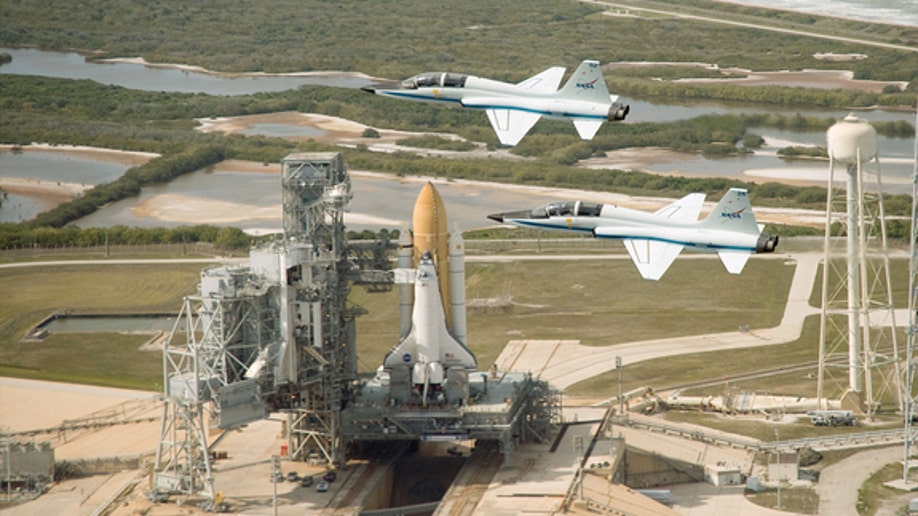

Manaster said she was struck by the large number of biological experiments being conducted aboard Atlantis. She also heard lectures from NASA technicians and former astronauts, who shared experiences and an overview of the many scientific experiments being conducted on the current mission.

The two days leading up to the launch gave Manaster a behind-the-scenes tour that brought her within about 2,000 feet of the launch pad during the retraction process (where the service portion of the Shuttle, used for loading supplies, is removed). "It was certainly looking iffy because of the weather." "They had some of those very same issues at the last two launches," she said, noting her group was the fifth to officially promote a NASA shuttle launch. But the dangers passed and she left for home, as planned, July 10. In fact, a day before the launch a lightning strike on the shuttle's launch pad presented a real threat to the takeoff itinerary. Manaster said she worried the stormy Florida weather forecast at launch time would alter her hurried hotel accommodations if it pushed back Atlantis' schedule. She eventually roomed with an acquaintance she'd met at a prior conference. Participants had to plan and pay for their own trip, and with an estimated 1 million spectators filling rooms near Kennedy Space Center in the two days prior to launch, Manaster let a travel agent take over logistical plans. "Getting that email made it impossible to think for the rest of the day." "I didn't know what to expect when I applied," she said. She was in a meeting when she received the acceptance email. Manaster learned she had been selected from 5,500 applicants to attend the launch just a month before the event. I was having a hard time holding my camera steady when (Atlantis) went up and then you could feel the vibrations coming last."

Manaster was one of 150 people selected from across the country to participate in NASA's "Tweetup" program, a collection of social-media users picked to give live, in-person accounts of the lead-up to shuttle Atlantis' historic launch.īeing an official NASA Tweeter gave Manaster behind-the-scenes access and information, and when Atlantis left the launch pad, she saw it and felt it from within the 3-mile restricted zone not open to the general public. "It's just so much more real when you're there." "I was literally squealing and everyone around me was yelling and jumping up and down," she said. So you can imagine the crater-like impact left after Manaster witnessed, firsthand, the July 8 final launch of NASA's space shuttle program at Kennedy Space Center in Florida. When it comes to science, Joanne Manaster admittedly inspires easily.Ī UI biology lecturer for 20 years, she lives in a world where everyday objects still hold wonder and even simple experiments can serve as gateways to discovery.


 0 kommentar(er)
0 kommentar(er)
